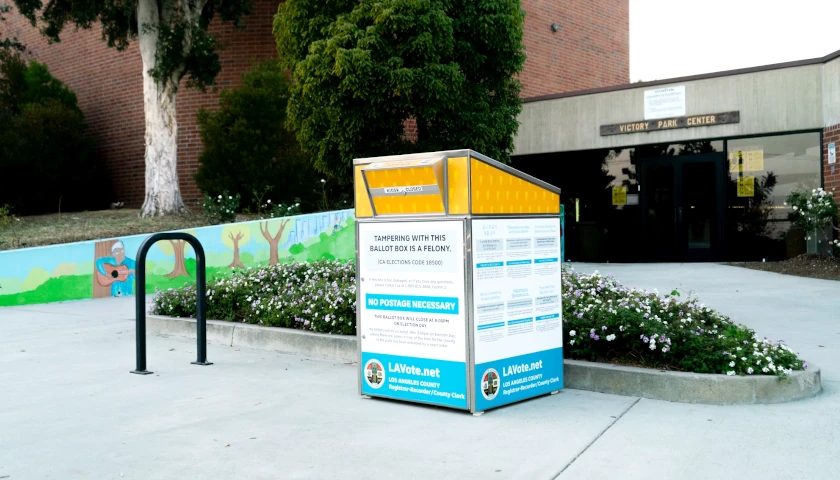by John Haughey
In 2019, Florida homeowners accounted for 8.16 percent of the nation’s property insurance claims, but more than 76 percent of property insurance lawsuits lodged against insurers.
Pointing to this “disparity,” Florida Insurance Commissioner David Altmaier in a five-page April 2 letter to House Commerce Committee Chair Rep. Blaise Ingoglia, R-Spring Hill, outlined four proposals to reduce property insurance litigation.
Insurers cite rampant litigation, ballooning reinsurance costs, “loss creep” from 2017-18 hurricanes and coastal flooding as a “perform storm” of coalescing factors leading to double-digit property insurance rate hikes that Florida businesses and 6.2 million homeowners are seeing or will see when renewing policies.
Several of Altmeier’s recommendations are already being considered by lawmakers.
Senate Bill 76, filed by Sen. Jim Boyd, R-Bradenton, restricts awarding contingency risk multipliers only “in a rare and exceptional circumstance,” requires policy-holders file claims within two years, down from three, and creates a “reimbursement schedule” that allows insurers to sell policies with reduced payments for roofs over 10-years-old.
SB 76 was passed by Senate April 7 in a 27-13 vote and transmitted to the House where another insurance reform bill is headed to the chamber floor.
House Bill 305, sponsored by Rep. Bob Rommel, R-Naples, does not address contingency risk multipliers or include the roof “reimbursement schedule.” It awaits a hearing before the Commerce Committee to advance to a House vote.
Florida law allows plaintiffs to collect attorney fees when they prevail in cases against insurers. Amounts are determined by the number of hours an attorney spent on a case and a reasonable hourly rate. But courts also can also increase fees through contingency risk multipliers.
Altmeier said the OIR reviewed a National Association of Insurance Commissioners Market Conduct Annual Statement (MCAS) Data Call spanning 2016-19 and verified that “in 2019, Florida accounted for 8.16 percent of all homeowners’ claims opened by insurance companies in the U.S.
“However,” he added, “in 2019, Florida accounted for 76.45 percent of all homeowners’ suits opened against insurance companies in the U.S.”
The MCAS documents the ratio of claims closed without payment to total claims closed, and the ratio of suits opened to claims closed without payment, Altmeier said.
Florida “trends along with the national average” in claims closed without payments, he writes but “Florida’s ratio of suits opened to claims closed without payment is eight times higher than the next highest state at 27.75 percent.”
Altmeier asked Ingoglia, who chairs the Commerce Committee, to consider four recommendations when his panel reviews HB 305:
• Reform Florida’s one-way attorney’s fees statute: “The current one-way attorney’s fees statute provides an incentive for litigation to come before our judicial system that may not always be legitimate,” he writes.
• Address contingency fee multipliers: Altmeier maintains 2017’s ruling in Joyce v. Federated Nat’l Co., which upheld Florida’s contingency risk multipliers, “highlights just how far Florida has diverged from the federal standard.”
• Address ‘concurrent causation’: The 2016 ruling in Sebo v. Am. Home Assurance Co. Inc. “has incentivized roof claim solicitations” under “the concurrent causation doctrine and held insurance coverage may exist when there are concurrent causes of loss and at least one cause is covered under the policy,” Altmeier writes.
Excluding “wear and tear” from concurrent causation “could also provide a disincentive for this behavior, while allowing consumers to keep replacement cost coverage for legitimate roof losses,” he suggests.
• Adopt provisions from Texas HB 1774: Texas lawmakers imposed inspection requirements for property claims and addressed attorney’s fees in the 2017 measure, which requires claimants to notify insurers of potential litigation at least 61 days before filing suit.
– – –
John Haughey contributes to The Center Square.




